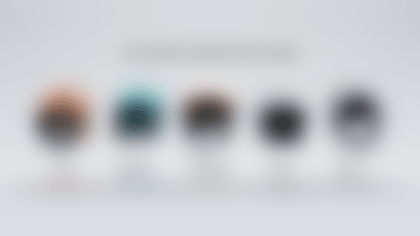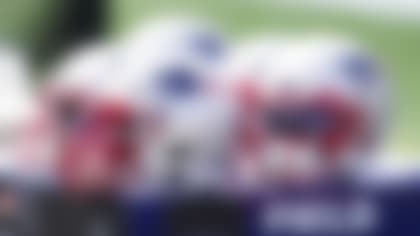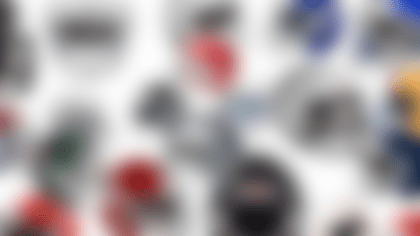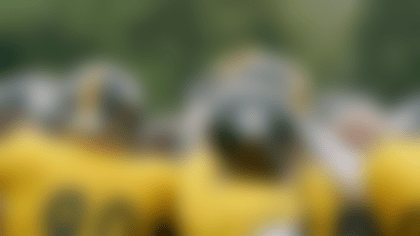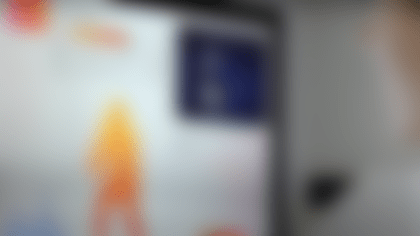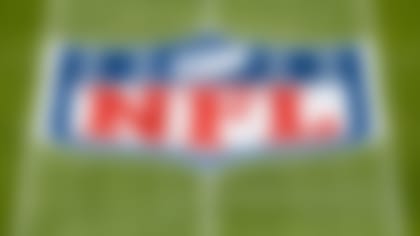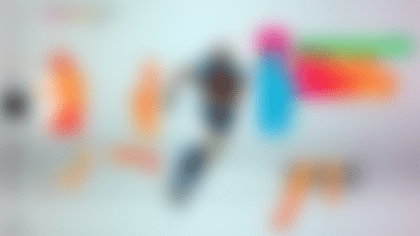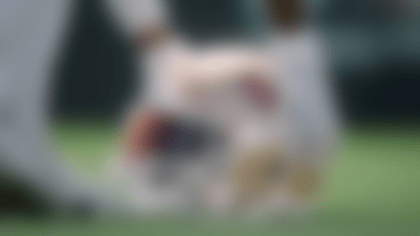Cardiff University has been named the winner of HeadHealthTECH Challenge V, the latest in a series of awards created by the ╣·▓·═Ō┴„═°and Football Research, Inc. (FRI) through a partnership with Duke University's Clinical and Translational Science Institute (Duke CTSI).
The crowdsourcing challenges are designed to stimulate research and innovation in the areas of helmets and related technologies, turf systems, shoulder and other protective padding, among other innovative concepts.
In this latest challenge, Cardiff University was awarded $116,155 to advance their unique padding material for use as a helmet liner pad.
Today's athletes utilize smart materials that become more breathable when they are hot and rainwear that becomes more waterproof as it becomes wet. This award is for a helmet pad designed to absorb more impact as the impact becomes more severe.
Applying the Science of Origami
Cardiff University's award-winning technology is a new liner material created by Dr. Peter Theobald, a Senior Lecturer at Cardiff University's School of Engineering.
"The invention is based on the science of origami ŌĆō intricate folding structures that absorb energy very efficiently as they fold," Dr. Theobald explains.
"That's exactly what we need inside a helmet," he says.
With funding awarded through HeadHealthTECH Challenge V, Cardiff is now working to refine the design for football.
Technology that Solves for a Range of Impacts
Dr. Theobald's liner material is based on geometric structures designed to stiffen as the collision force increases.
"Traditional helmets run out of capacity to absorb more energy," Dr. Theobald says.
"Our material is viscoelastic. It absorbs more energy as collision energy gets higher," he says.
Roy Burek, Dr. Theobald's partner on this project, compares the material to an intuitive braking system.
"When you apply your foot to the brake of your car, you either do it slowly or slam down," he says. "Helmets can be designed for either the more frequent low speed impact or the catastrophic high-speed impact. Not both."
This, he says, is key to designing a more effective football helmet.
"Dr. Theobald's material can sense the amount of energy coming into it and change based on whether it needs hard or soft braking," he says.
"Now the helmet becomes valuable protecting players at multiple impact speeds," he says.
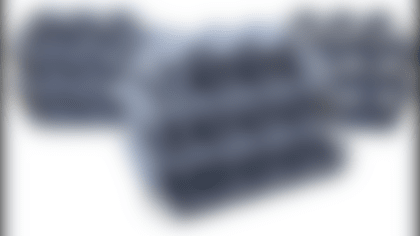
Manufacturing the Impossible
The material is designed using complex computer simulations that seek to achieve optimal performance.
Thanks to 3D printing, Dr. Theobald has been able to translate those simulations into a tangible product.
"If you were to look into the material, you would see a lot of empty space, like scaffolding around a building," Dr. Theobald says.
The next step for Cardiff, with support from their HeadHealthTECH Challenge grant, is to use this innovative 3D printing technology to curve the material to fit inside a football helmet.
Supporting Innovators
Cardiff University's efforts are not new to the NFL, FRI or Duke CTSI. In 2017, Cardiff partnered with helmet manufacturer Charles Owen, Inc., a semi-finalist for Head Health Challenge III.
As a semi-finalist, Charles Owen was awarded $250,000 to support the initial development of Dr. Theobald's prototype material.
"Without [funds from the NFL's Challenge series] we wouldn't have had the finances to develop the material," Burek, who is President of Charles Owen, says.
Accelerating Progress
In addition to financial support, Burek lauds the NFL's crowdsourcing challenges for providing innovators with a space "to come together and share ideas."
"The ╣·▓·═Ō┴„═°has put projects inside the cooker to accelerate their progress," Burek says.
"These competitions are knocking aside traditional research barriers and saying, we've got to [advance impact protection]. We've got to collaborate, because that is eventually what will give us the answer."

